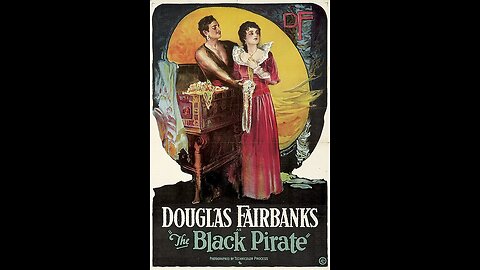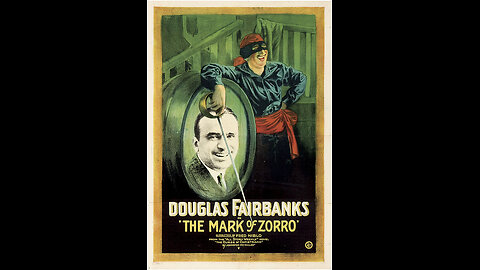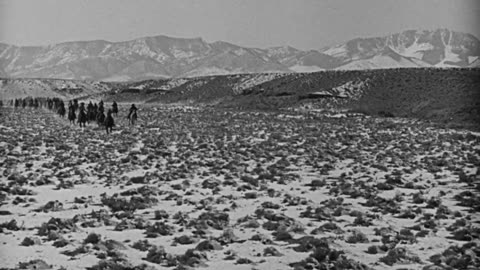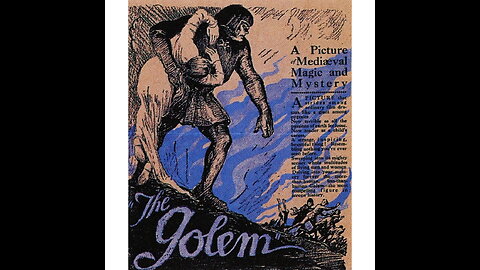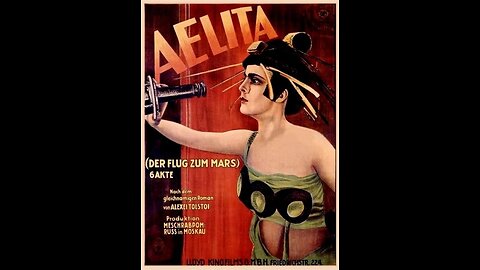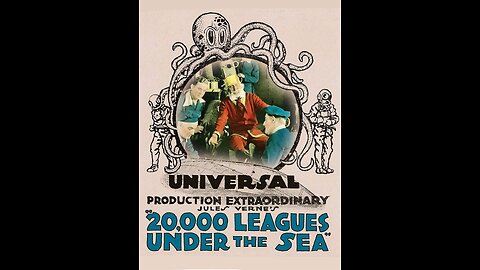
Silent Movies
8 videos
Updated 2 months ago
A silent film is a film without synchronized recorded sound (or more generally, no audible dialogue). Though silent films convey narrative and emotion visually, various plot elements (such as a setting or era) or key lines of dialogue may, when necessary, be conveyed by the use of inter-title cards.
The term "silent film" is something of a misnomer, as these films were almost always accompanied by live sounds. During the silent era that existed from the mid-1890s to the late 1920s, a pianist, theater organist—or even, in larger cities, an orchestra—would play music to accompany the films. Pianists and organists would play either from sheet music, or improvisation. Sometimes a person would even narrate the inter-title cards for the audience. Though at the time the technology to synchronize sound with the film did not exist, music was seen as an essential part of the viewing experience. "Silent film" is typically used as a historical term to describe an era of cinema prior to the invention of synchronized sound, but it also applies to such sound-era films as City Lights, Modern Times and Silent Movie which are accompanied by a music-only soundtrack in place of dialogue.
-
The Lost World - 1925 Silent Film with Musical Soundtrack
CCult Classics Cinema &TV ClassicsThe Lost World is a 1925 American silent fantasy giant monster adventure film, directed by Harry O. Hoyt and written by Marion Fairfax, adapted from Arthur Conan Doyle's 1912 novel of the same name. Produced and distributed by First National Pictures, a major Hollywood studio at the time, the film stars Wallace Beery as Professor Challenger and features pioneering stop motion special effects by Willis O'Brien, a forerunner of his work on King Kong (1933).51 views -
The Black Pirate -1926 Silent Film with Musical Soundtrack
CCult Classics Cinema &TV ClassicsThe Black Pirate is a 1926 American silent action adventure film shot entirely in two-color Technicolor (This version is black and white) about an adventurer and a "company" of pirates. Directed by Albert Parker, it stars Douglas Fairbanks, Donald Crisp, Sam De Grasse, and Billie Dove. In 1993, The Black Pirate was included in the annual selection of 25 motion pictures to be added to the National Film Registry of the Library of Congress, being deemed "culturally, historically, or aesthetically significant.97 views -
Mark Of Zorro - 1920 Silent Film with Musical Soundtrack
CCult Classics Cinema &TV ClassicsThe Mark of Zorro is a 1920 American silent Western romance film starring Douglas Fairbanks and Noah Beery. This genre-defining swashbuckler adventure was the first movie version of The Mark of Zorro. Based on the 1919 story The Curse of Capistrano by Johnston McCulley, which introduced the masked hero, Zorro, the screenplay was adapted by Fairbanks (as "Elton Thomas") and Eugene Miller. The film was produced by Fairbanks for his own production company, Douglas Fairbanks Pictures Corporation, and was the first film released through United Artists, the company formed by Fairbanks, Mary Pickford, Charlie Chaplin, and D. W. Griffith.55 views -
The Covered Wagon - 1923 Silent Film with Musical Soundtrack
CCult Classics Cinema &TV ClassicsThe Covered Wagon is a 1923 American silent epic Western film released by Paramount Pictures. The film was directed by James Cruze based on a 1922 novel of the same name by Emerson Hough about a group of pioneers traveling through the old West from Kansas to Oregon. J. Warren Kerrigan starred as Will Banion and Lois Wilson as Molly Wingate. On their quest they experience desert heat, mountain snow, hunger, and Indian attack.79 views -
Dr Jekyll and Mr Hyde - 1913 Silent Film with Musical Soundtrack
CCult Classics Cinema &TV ClassicsDr. Jekyll and Mr. Hyde is a 1913 horror film based on Robert Louis Stevenson's 1886 gothic novella Strange Case of Dr. Jekyll and Mr. Hyde. Directed by Herbert Brenon for producer Carl Laemmle's company IMP (which he later changed to Universal Pictures), the production stars King Baggot in the dual role of Jekyll and Hyde. The film was re-released in the United States in August 192750 views -
The Golem - 1920 Silent Film with Musical Soundtrack
CCult Classics Cinema &TV ClassicsThe Golem: How He Came into the World (German: Der Golem, wie er in die Welt kam, also referred to as Der Golem) is a 1920 German silent horror film and a leading example of early German Expressionism. Director Paul Wegener, who co-directed the film with Carl Boese and co-wrote the script with Henrik Galeen based on Gustav Meyrink's 1915 novel, stars as the titular creature, a being in Jewish folklore created from clay. Photographer Karl Freund went on to work on the 1930s classic Universal horror films years later in Hollywood. The Golem: How He Came into the World is the third of three films that Wegener made featuring the golem, the other two being The Golem (1915) and the short comedy The Golem and the Dancing Girl (1917), in which Wegener dons the golem make-up in order to frighten a young lady with whom he is infatuated. The Golem: How He Came into the World is a prequel to The Golem from 1915 and, as the only one of the three films that has not been lost, is the best known of the series.64 views -
Aelita Queen Of Mars - 1924 Silent Film with Musical Soundtrack
CCult Classics Cinema &TV ClassicsAelita, also known as Aelita: Queen of Mars, is a 1924 Soviet silent science fiction film directed by Yakov Protazanov and produced at the Mezhrabpom-Rus film studio. It was based on Alexei Tolstoy's 1923 novel of the same name. Nikolai Tseretelli and Valentina Kuindzhi were cast in leading roles. Though the main focus of the story are the daily lives of a small group of people during the post-civil war Soviet Russia, the film's enduring importance comes from its early sci-fi elements. It primarily tells of an engineer Mstislav Sergeyevich Los traveling to Mars in a rocket ship, where he leads a popular uprising against the ruling group of Elders, with the support of Queen Aelita who has fallen in love with him after watching him through a telescope. In its performances in the cinemas in Leningrad, Dmitri Shostakovich played on the piano the music he provided for the film.33 views -
20,000 Leagues Under the Sea - 1916 - Silent Film with Musical Soundtrack
CCult Classics Cinema &TV Classics20,000 Leagues Under the Sea is a 1916 American silent film directed by Stuart Paton. The film's storyline is based on the 1870 novel Twenty Thousand Leagues Under the Seas by Jules Verne. It also incorporates elements from Verne's 1875 novel The Mysterious Island. On May 4, 2010, a new print of the film was shown accompanied by a live performance of an original score by Stephin Merritt at the Castro Theatre, as part of the San Francisco International Film Festival. In 2016, the film was deemed "culturally, historically, or aesthetically significant" by the United States Library of Congress, and selected for its National Film Registry45 views
